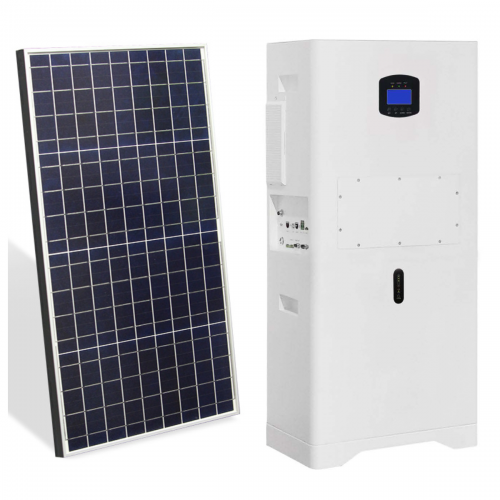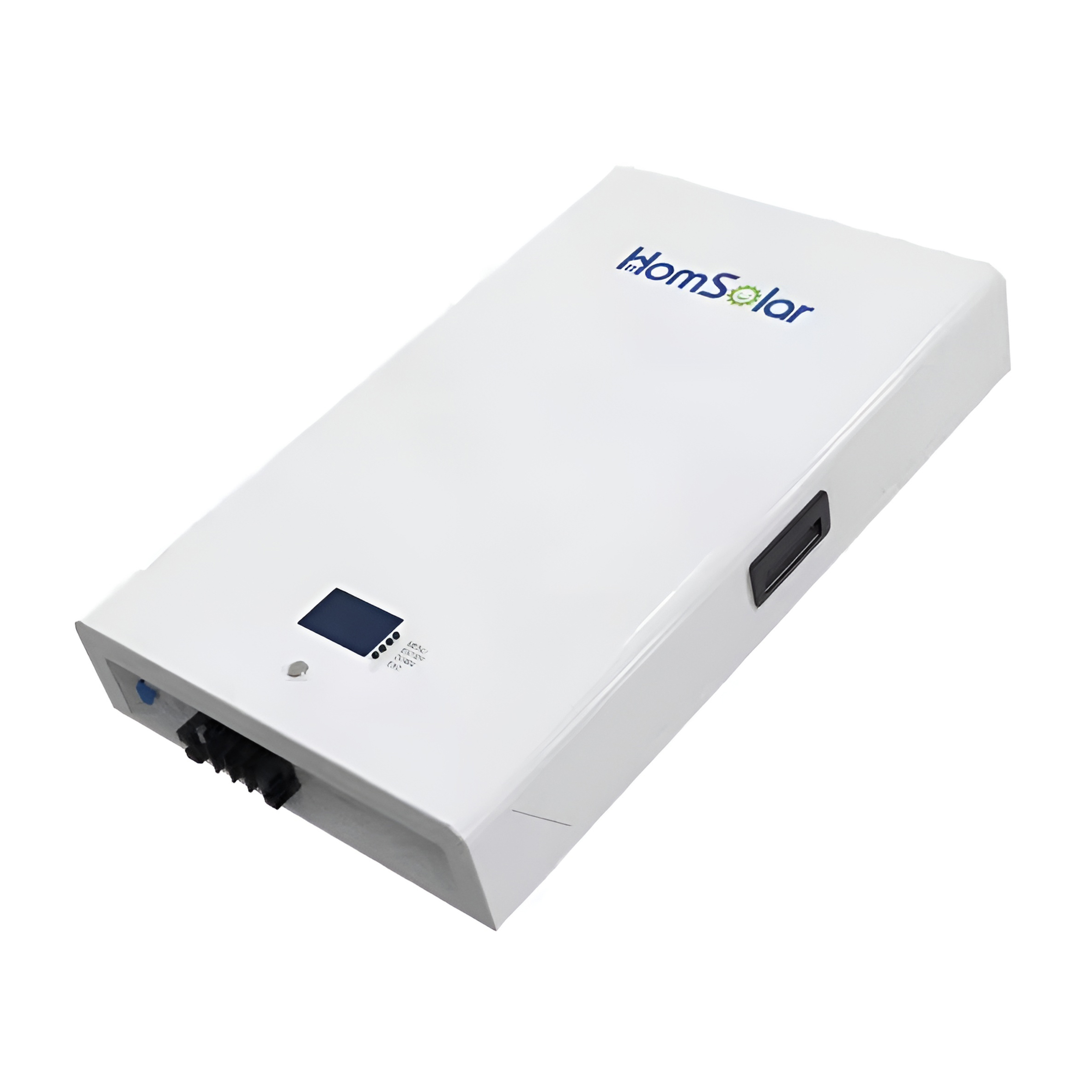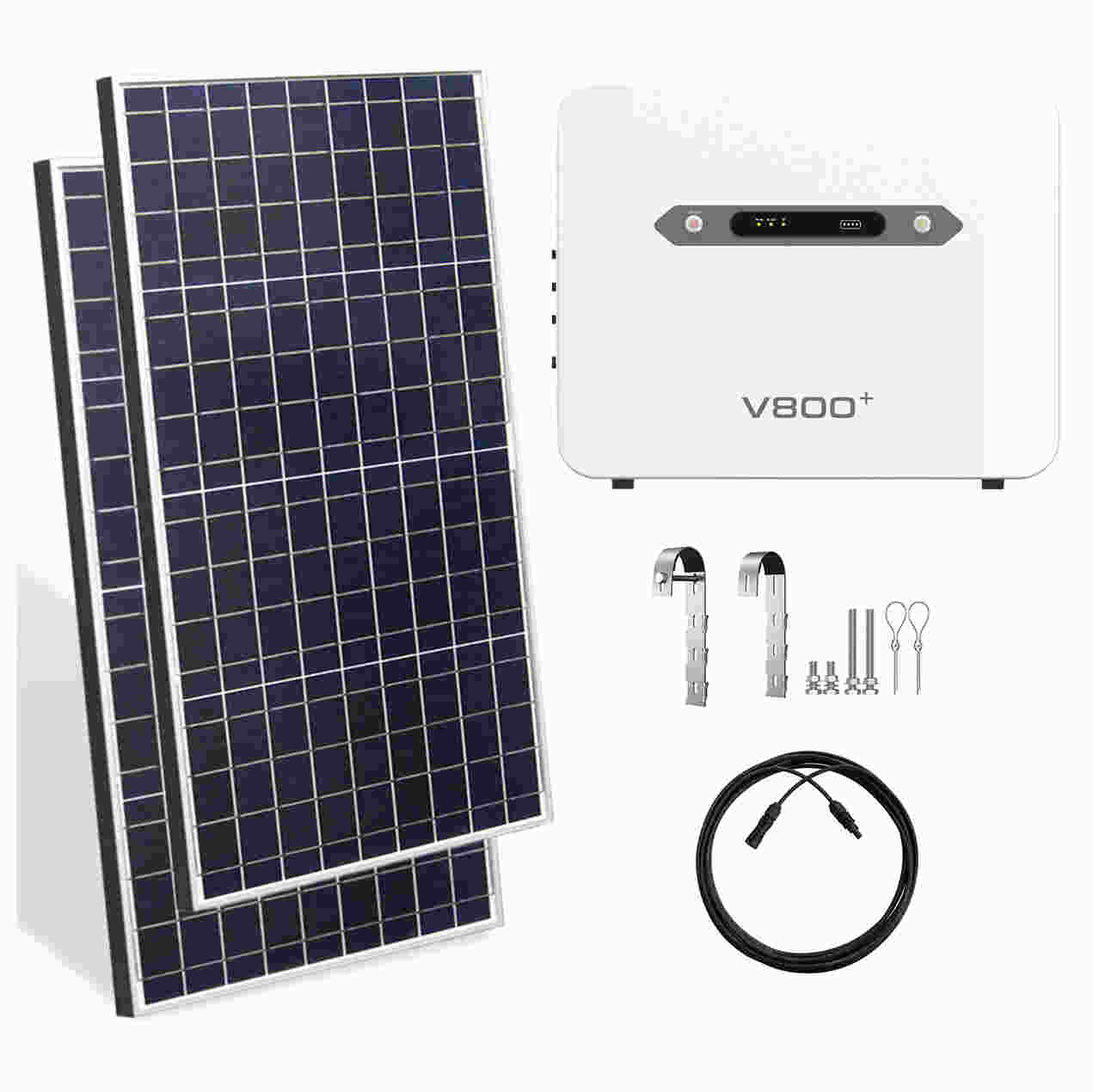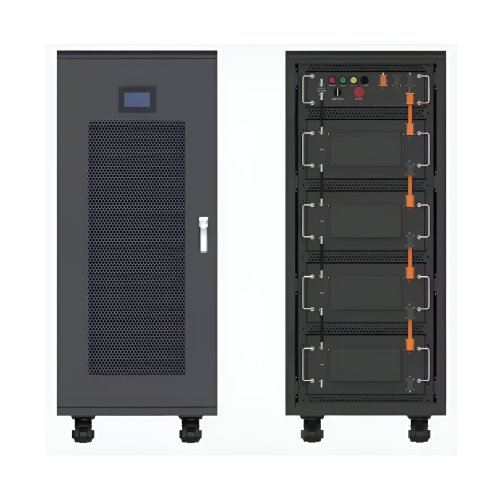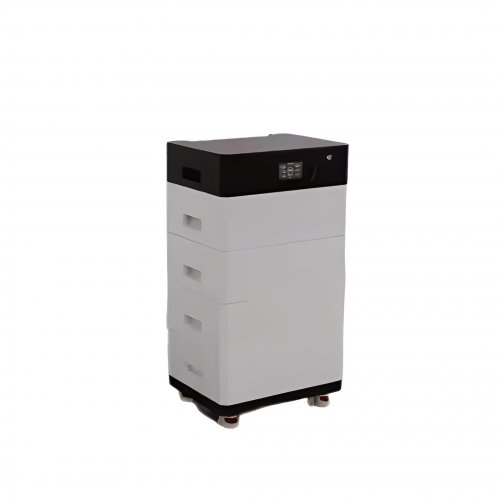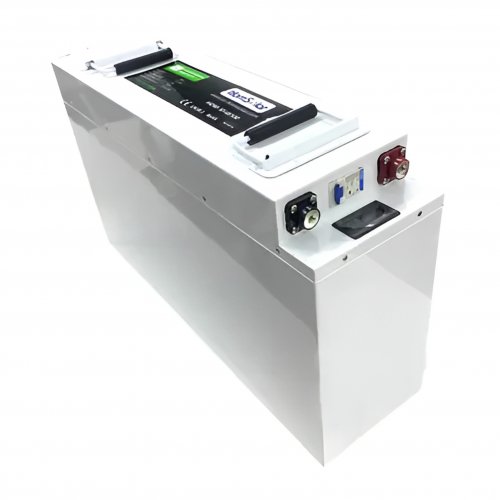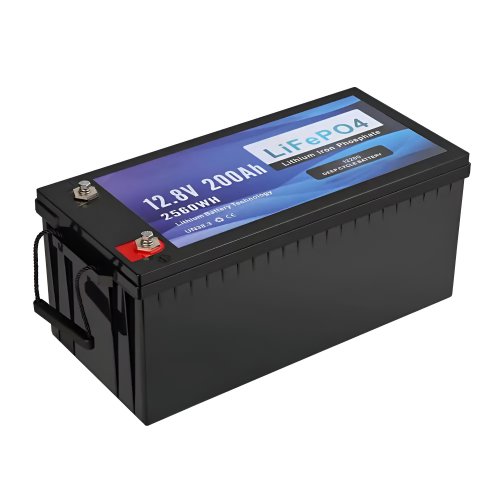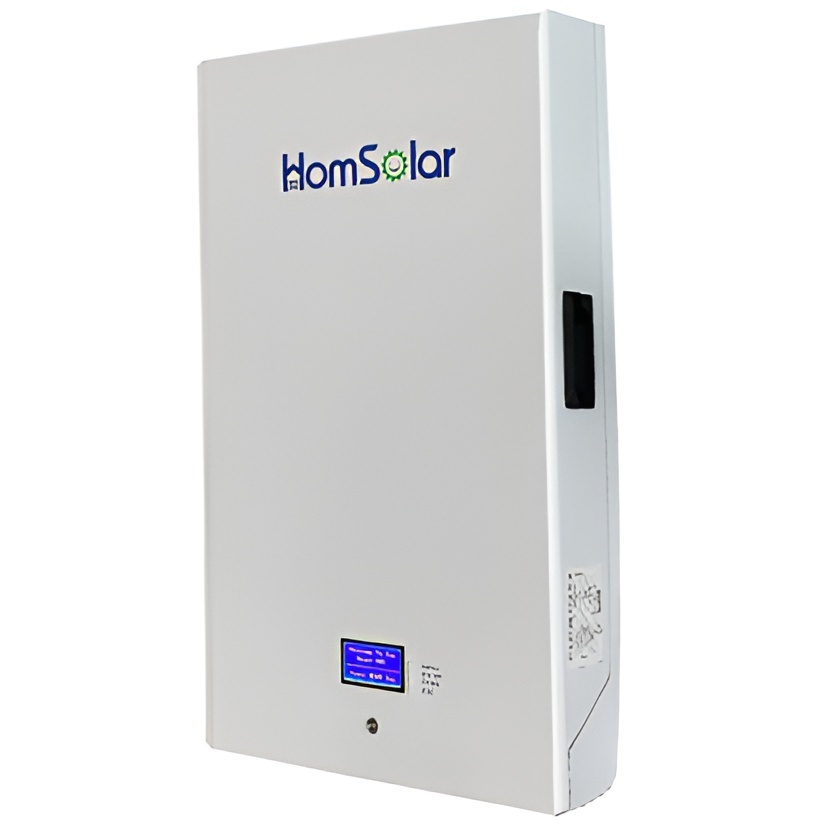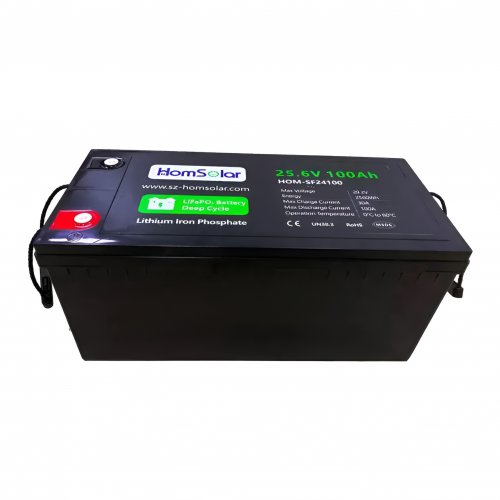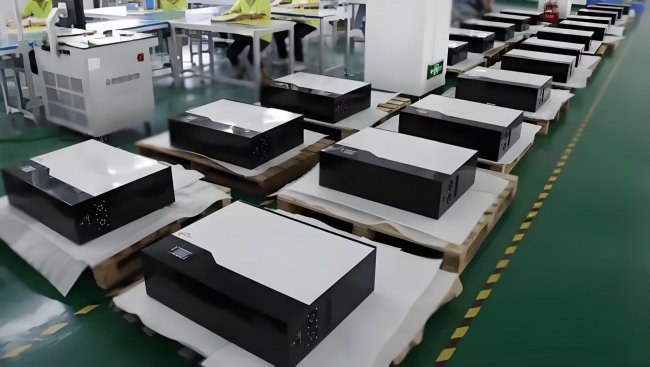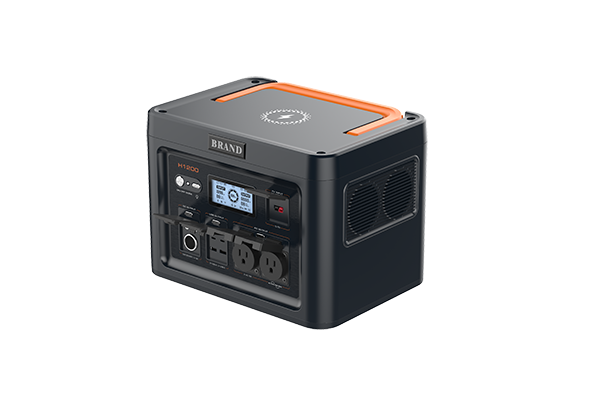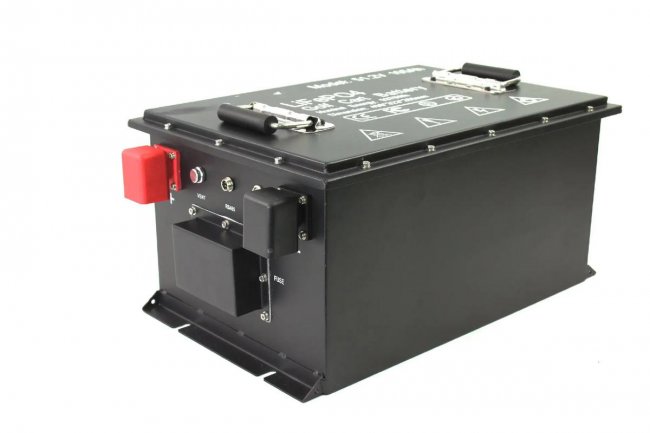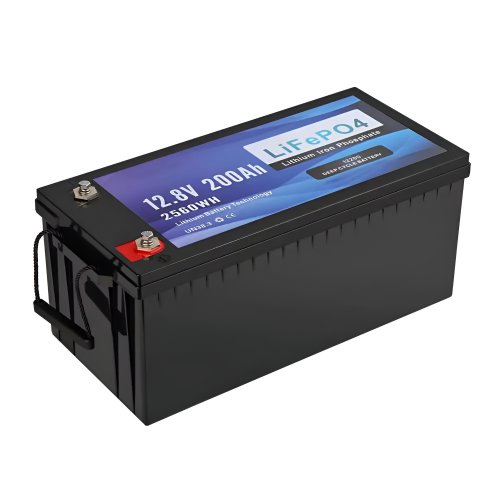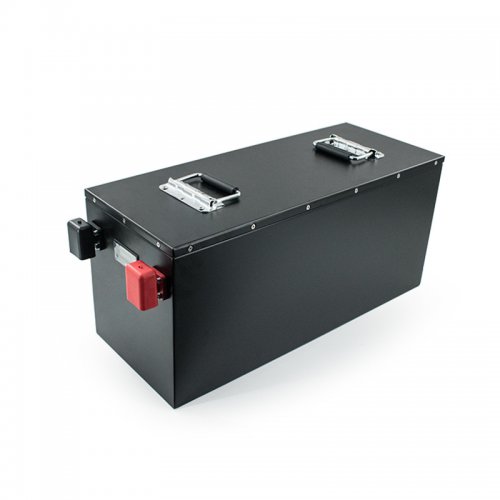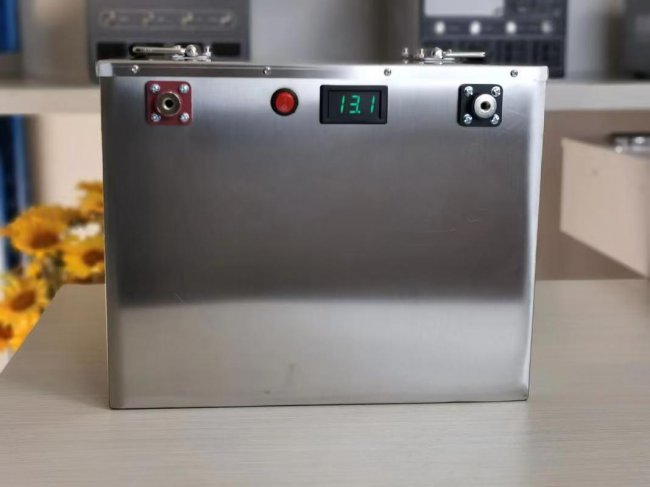How To Use Self-discharge Rate: A Practical Guide For Battery Maintenance And Optimization
Understanding and managing the self-discharge rate of batteries is crucial for ensuring their longevity, performance, and reliability. Whether you’re working with rechargeable lithium-ion batteries, lead-acid batteries, or even everyday alkaline cells, knowing how to measure, interpret, and mitigate self-discharge can save you time, money, and frustration. This guide provides step-by-step instructions, practical tips, and key considerations for effectively using self-discharge rate data in your applications.
Self-discharge rate refers to the gradual loss of a battery’s stored energy when it is not in use. All batteries experience this phenomenon to some degree, but the rate varies depending on chemistry, temperature, age, and storage conditions. For example, lithium-ion batteries typically have a lower self-discharge rate (~1-2% per month) compared to nickel-based batteries (~10-15% per month).1. Fully Charge the Battery – Use a compatible charger to reach 100% state of charge (SOC). 2. Record Initial Voltage/Capacity – Use a multimeter or battery analyzer to note the starting voltage or capacity. 3. Store the Battery Properly – Keep it in a controlled environment (e.g., room temperature, dry conditions). 4. Re-measure After a Set Period – Check voltage/capacity after 7, 30, or 90 days, depending on expected discharge rate. 5. Calculate the Rate – Use the formula:
\[ \text{Self-Discharge Rate (\%/month)} = \frac{\text{Initial Capacity} - \text{Remaining Capacity}}{\text{Initial Capacity}} \times \frac{30}{\text{Storage Days}} \]
❌ Ignoring Environmental Factors – Storing batteries in humid or hot environments worsens self-discharge. ❌ Overcharging Before Storage – Fully charged batteries degrade faster when stored. ❌ Mixing Old and New Batteries – Aged batteries can increase self-discharge in a pack.
Effectively managing self-discharge rate ensures your batteries remain reliable and perform optimally over time. By measuring, interpreting, and applying the right mitigation strategies, you can extend battery life and reduce unnecessary replacements. Whether you’re maintaining a fleet of electric vehicle batteries or simply storing household rechargeables, these principles will help you make informed decisions.For best results, always refer to manufacturer guidelines and invest in quality testing equipment. Proper battery care starts with understanding self-discharge—apply these techniques to keep your power sources in peak condition.
Customized/OEM/ODM Service
HomSolar Supports Lifepo4 battery pack customization/OEM/ODM service, welcome to contact us and tell us your needs.


HomSolar: Your One-stop LiFePO4 Battery Pack & ESS Solution Manufacturer
Our line of LiFePO4 (LFP) batteries offer a solution to demanding applications that require a lighter weight, longer life, and higher capacity battery. Features include advanced battery management systems (BMS), Bluetooth® communication and active intelligent monitoring.

Customised Lithium Iron Phosphate Battery Casing
ABS plastic housing, aluminium housing, stainless steel housing and iron housing are available, and can also be designed and customised according to your needs.

HomSolar Smart BMS
Intelligent Battery Management System for HomSolar Energy Storage System. Bluetooth, temperature sensor, LCD display, CAN interface, UART interface also available.


Terminals & Plugs Can Be Customized
A wide range of terminals and plugs can be customised to suit the application needs of your battery products.

Well-designed Solutions for Energy Storage Systems
We will design the perfect energy storage system solution according to your needs, so that you can easily solve the specific industry applications of battery products.



About Our Battery Cells
Our energy storage system products use brand new grade A LiFePO4 cells with a battery lifespan of more than 4,000 charge/discharge cycles.



Applications in Different Industries
We supply customized & OEM battery pack, assemble cells with wiring, fuse and plastic cover, all the cell wires connected to PCB plug or built BMS.
Applications: E-bike, Electric Scooter, Golf Carts, RV, Electric Wheelchair, Electric Tools, Robot Cleaner, Robot Sweeper, Solar Energy Storage System, Emergency Light, Solar Power Light, Medical Equipment, UPS Backup Power Supply.
We can provide you with customized services. We have the ability to provide a vertical supply chain, from single cells to pack/module and to a complete power solution with BMS, etc.


HomSolar (Shenzhen) Technology Co., Ltd







